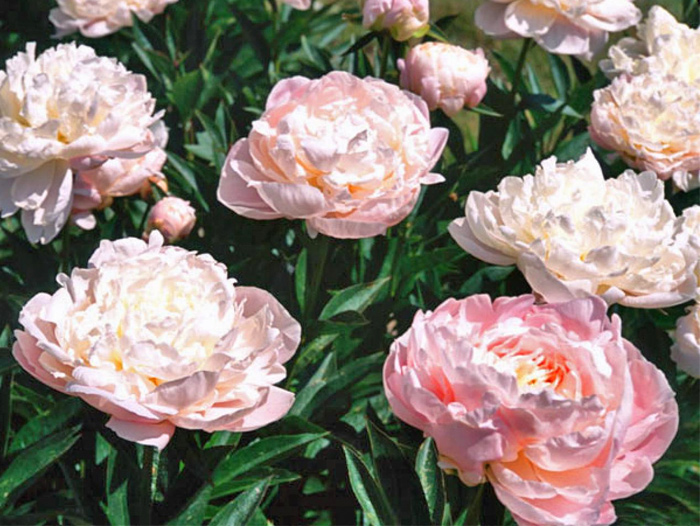Peonies: Flamboyant Perennials
March 26, 2019 | 2 min to read

Peonies are quite a unique perennial and are one of the oldest ornamental plants in cultivation. Their spherical buds open to reveal truly sensational flowers. May and June are the months when they steal the show in any garden fortunate enough to include them.
Centuries old
Although their flowers resemble roses, they are entirely unrelated to them since most peonies are herbaceous perennials while roses are woody plants. The Latin name for their genus, Paeonia, was derived from the physician to the Greek gods whose name was Paean. Historically, their flowers were portrayed in many paintings dating back centuries ago during the Dutch Golden Age. Evidently, even the Dutch Masters couldn’t resist their gorgeous good looks.
The colors of peonies
Peonies are composed of many hundreds of varieties ranging from the very rare to the very familiar. Their flowers, which can be single, semi-double or fully double, run the gamut from white to orange, pink and deep red. Some even change color as they mature or are bicolored. Almost all are delightfully fragrant. They also make fine cut flowers.
Years of enjoyment
Their shoots make an attractive display as they emerge in the spring, but it’s their flowers in particular that grab the attention in May and June. Some plants will produce flowers during their first year while others will take longer. Yet once a peony is established, you can be assured of years of enjoyment. In fact, the longer they remain in the same place, the more flowers they will produce. After June, the plants stop blooming and focus on their preparations for next year’s display.
Tips
- These sun worshippers need a location that receives at least six hours of sun a day. This is where they will really thrive.
- Give them enough room since they don’t like competition.
- Either plant them where peonies have not been located before, or be scrupulous about replacing the soil first.
- Peonies require well-drained soil. If the soil in the garden is very wet, add some soil to the planting location and then plant them in this raised area.
- Support taller plants with a plant ring or other form of support since the buds can become top-heavy after rain.
- You can find more inspiration and practical tips about perennials at www.perennialpower.eu
About Perennial Power
Perennial Power, the promotional organisation for the perennial plant sector, uses international PR to promote the use of perennials.
